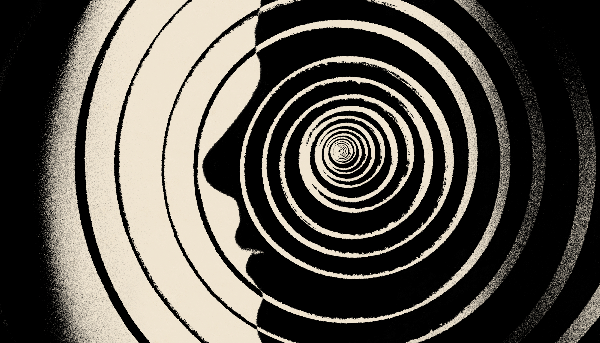| Balance disorders like vertigo can be devastating for patients—but they’re often invisible to the doctors who treat them.  Illustration by Vartika Sharma Adulthood is full of unpleasant discoveries. There’s the moment, for example, when you join your kids on the playground and realize you can no longer swing without getting nauseated, and seeing the world wobble. Now imagine if you felt that way nearly all the time. That is an experience that Shayla Love recounts in a fascinating new story, in which she writes about the debilitating effects that sustained dizziness had on her life—and the lengths she went to get treatment and better understand the root causes of her condition. “My neurologist seemed to be suggesting that dizziness was more than a physical phenomenon,” Love explains. “To understand it, I would need to think about what was going on in my head and my life.” Love eventually receives a diagnosis, and later travels to Munich, to visit what she describes as a “dizziness utopia”: the German Center for Vertigo and Balance Disorders. Yet the experts in the field have as many questions as answers—and even describing the experience of dizziness can be a challenge. “It is the opposite of balance—the foil to knowing where your body is in space,” Love writes. “Many things have to be working properly for you to feel balanced; only one needs to malfunction to send your world spinning.” Support The New Yorker’s award-winning journalism. Subscribe today » |
No comments:
Post a Comment